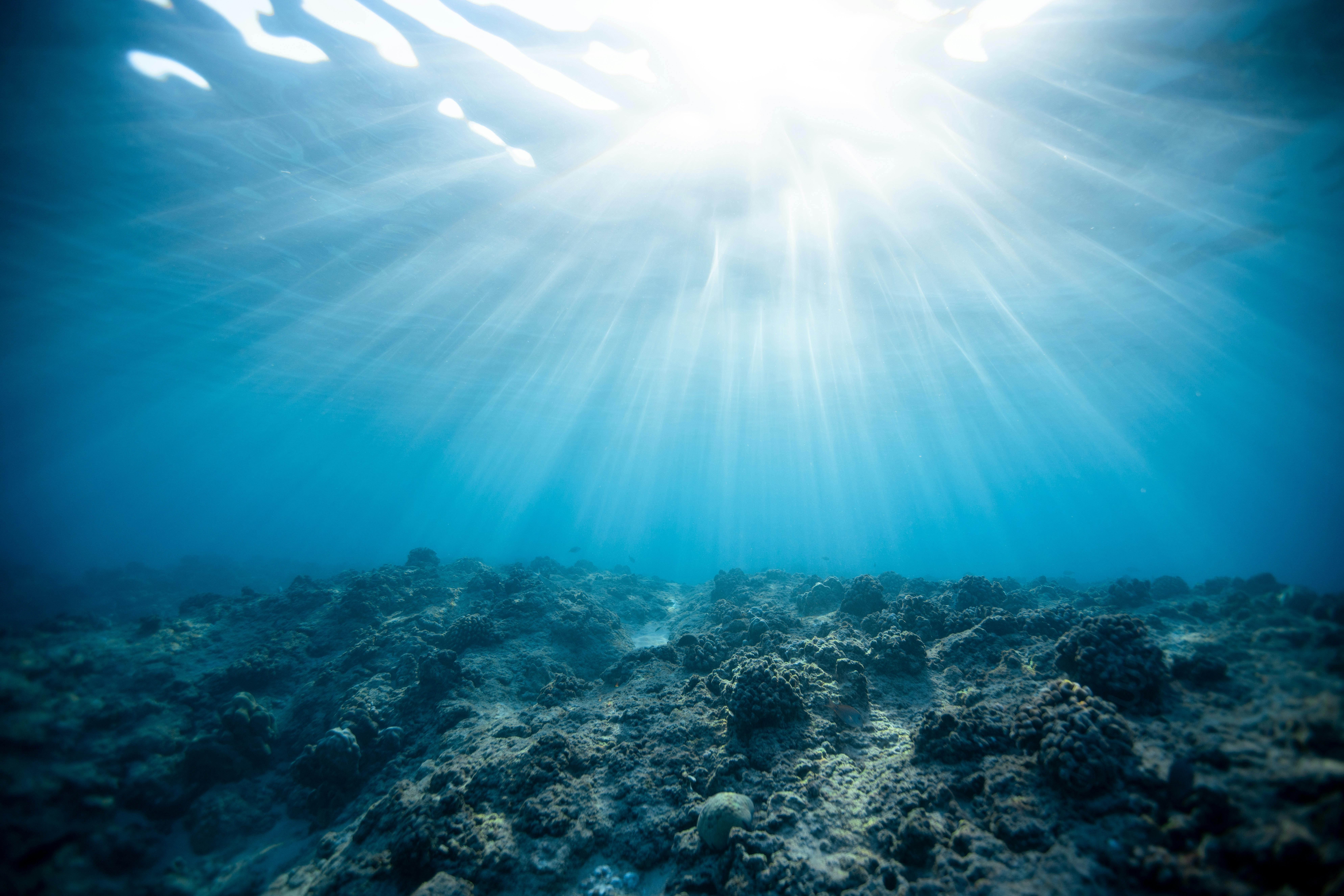Title: The Legal Quagmire of Deep-Sea Mining
Introduction: As technology advances and resources dwindle on land, the international community faces a new frontier: deep-sea mining. This emerging industry promises vast mineral wealth but raises complex legal and environmental questions. How do we balance economic potential with ecological preservation in international waters?

Historical Context and Legal Framework
The concept of deep-sea mining dates back to the 1960s, but technological limitations prevented its realization. The legal framework governing these activities evolved alongside scientific discoveries. UNCLOS, adopted in 1982 and effective since 1994, designates the seabed and its resources as the common heritage of mankind. This principle forms the foundation for regulating deep-sea mining, aiming to ensure equitable resource distribution and environmental protection.
Current Regulatory Landscape
The ISA has been developing regulations for deep-sea mining since its inception. However, the process has been slow and contentious. In 2021, the small Pacific island nation of Nauru invoked a clause in UNCLOS that could force the ISA to allow deep-sea mining by 2023, even if regulations are not finalized. This move has intensified debates over the readiness of the legal framework to govern such activities.
Environmental Concerns and Legal Challenges
Deep-sea ecosystems are among the least understood on Earth, raising significant concerns about the potential environmental impact of mining activities. Legal experts and environmentalists argue that current regulations are insufficient to protect these fragile habitats. The precautionary principle, a key tenet of international environmental law, suggests that activities with unknown consequences should be approached with caution. Balancing this principle with the desire for mineral exploitation presents a significant legal challenge.
International Tensions and Competing Interests
The prospect of deep-sea mining has created tensions between nations eager to exploit these resources and those advocating for stronger environmental protections. Developed countries with advanced technologies stand to benefit most from mining operations, while many developing nations and small island states fear environmental degradation and inequitable resource distribution. This disparity highlights the need for a robust legal framework that ensures fair benefit-sharing and environmental safeguards.
The Role of Corporate Responsibility
As private companies increasingly invest in deep-sea mining technologies, questions arise about their legal obligations and liabilities. While UNCLOS primarily addresses state responsibilities, there is growing recognition of the need to establish clear legal standards for corporate actors in this field. Some legal scholars propose extending the concept of corporate social responsibility to include specific obligations for deep-sea mining companies, potentially through binding international agreements.
Future Legal Developments
The legal landscape of deep-sea mining is rapidly evolving. Proposals for a new international treaty on marine biodiversity in areas beyond national jurisdiction (BBNJ) could have significant implications for deep-sea mining regulations. Additionally, some countries are calling for a moratorium on deep-sea mining until more comprehensive environmental impact assessments can be conducted and stronger regulations implemented.
Conclusion
The legal challenges surrounding deep-sea mining exemplify the complex interplay between technological advancement, resource exploitation, and environmental protection in international law. As the world grapples with the potential benefits and risks of this emerging industry, the development of a comprehensive and equitable legal framework becomes increasingly urgent. The decisions made in the coming years will shape not only the future of deep-sea mining but also set precedents for how we approach resource exploitation in other frontier environments.





